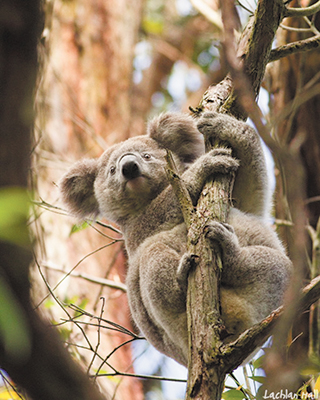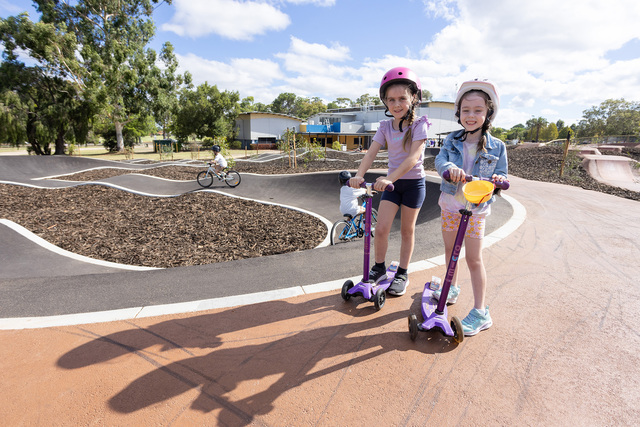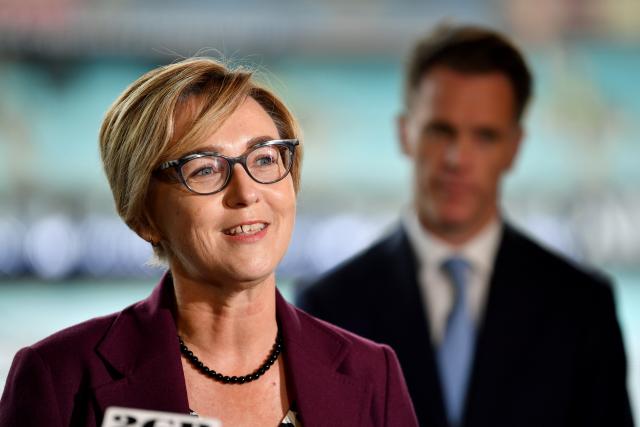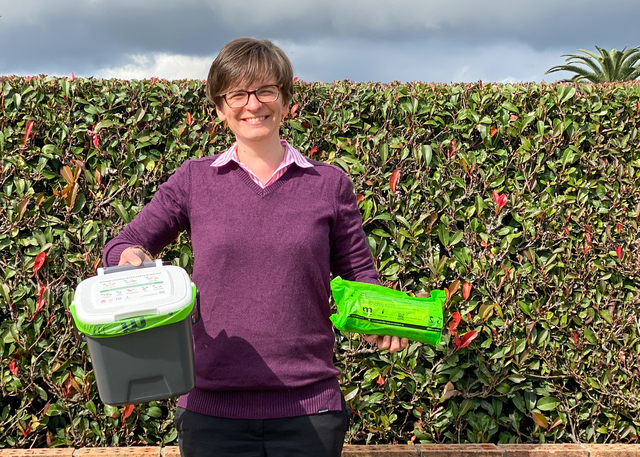Wollondilly Shire Council in New South Wales is protecting koalas across the region.
Recent surveys show there is a healthy colony of breeding koalas in the area, which are part of the only population in the State that is disease free.
Koalas are an iconic part of Wollondilly’s natural history with the first recorded European sighting of a koala occurring near Bargo in 1798 by John Price, who wrote: “There is another animal that the natives call Cullawine, which much resembles the sloths in America.”
As a response to community reports and concerns about the presence of koalas in urban areas and on roadsides, Council established the ‘Wollondilly Koala Hotline’ in February 2015.
The response from the community has been significant with over 40 koala sightings reported across Wollondilly.
In 2016 Council formed the ‘Koala Conservation Project’ and established a working partnership with the Office of Environment Heritage’s ‘Ecosystems and Threatened Species’ unit, Conservation Volunteers Australia, Wollondilly WIRES, University of Sydney Koala Hub and Wingecarribee and Campbelltown Councils.
With the significant number reports of koalas in the region, Council commissioned wildlife ecologists to undertake a pilot spotlighting survey around Appin, Douglas Park and Wilton and surprisingly koalas were detected on 22 per cent of the 58 sites surveyed.
From these findings, the Project will increase knowledge and understanding of the koalas home range, their food trees and what habitat they prefer.
It will also enable Council to identify hotspots for koala road crossings, particularly around Picton and Appin Roads, and plan for the protection of koala habitat corridors.
The ongoing success of the project relies on external funding and in February 2017 Council was successful in receiving a grant from the ‘Saving Our Species’ fund.
The grant is being used to deploy GPS tracking collars and to undertake koala habitat vegetation mapping.
Additional funding, sourced from the Environment Trust, has enabled Conservation Volunteers Australia to run a volunteer program restoring koala habitat along the Bargo River and undertake radio tracking of koalas.
Council also received a small grant from Glencore to commission a consultant, with a specially trained koala scat detection dog, to survey large areas for the presence of koalas.








